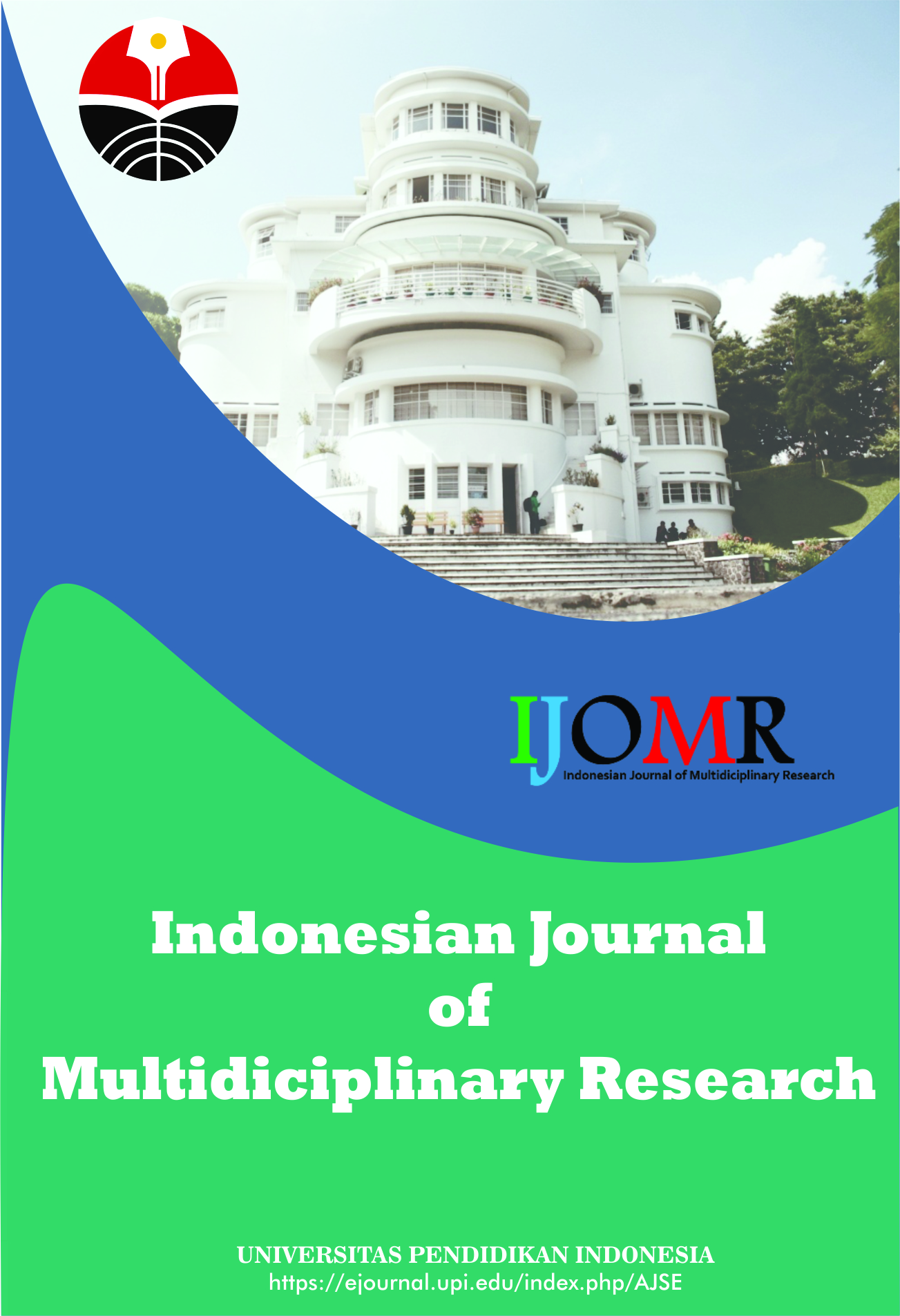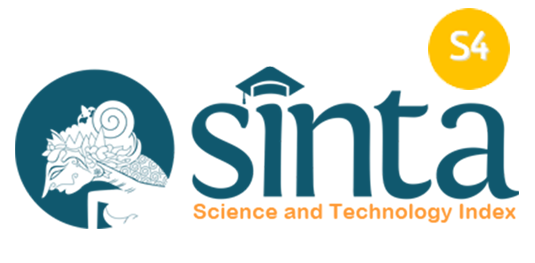Sports Facilities and Equipment: Availability and Students’ Satisfaction in The Physical Education Classes
Abstract
Keywords
Full Text:
PDFReferences
Barney, D. C., and Leavitt, T. (2021). College students' perceptions of social interactions in college physical activity classes. Physical Educator, 78(4), 415-429.
Bazelais, P., and Doleck, T. (2018). Investigating the impact of blended learning on academic performance in a first semester college physics course. Journal of Computers in Education, 5(1), 67-94.
Conant, E. B. (2017). The impact of role conflict on job satisfaction of independent school athletic directors. Journal of Amateur Sport, 3(1).
Ding, J., and Sugiyama, Y. (2017). Exploring influences of sport experiences on social skills in physical education classes in college students. Advances in Physical Education, 7(03), 248.
Lockwood, P., and Wohl, R. (2012). The impact of a 15-week lifetime wellness course on behavior change and self-efficacy in college students. College Student Journal, 46(3), 628-641.
Maguire, J., and Pearton, R. (2000). Global sport and the migration patterns of France ‘98 World Cup finals players: Some preliminary observations. Soccer and Society, 1(1), 175-189.
Modebelu, M. N., and Joseph, A. (2012). Strategic planning procedure: An imperative for effective management of higher education in Nigeria. Mediterranean Journal of Social Sciences, 3(15), 20-20.
Rintaugu, E. G. (2013). Socio-demographic factors and causes of job stress of sports personnel in Kenyan universities. Human Resource Management Research, 3(4), 166-172.
DOI: https://doi.org/10.17509/ijomr.v2i2.43735
Refbacks
- There are currently no refbacks.
Copyright (c) 2022 Kantor Jurnal dan Publikasi, Universitas Pendidikan Indonesia (UPI)

This work is licensed under a Creative Commons Attribution-ShareAlike 4.0 International License.
Indonesian Journal of Multidiciplinary Research (IJOMR) is published by Universitas Pendidikan Indonesia (UPI)















